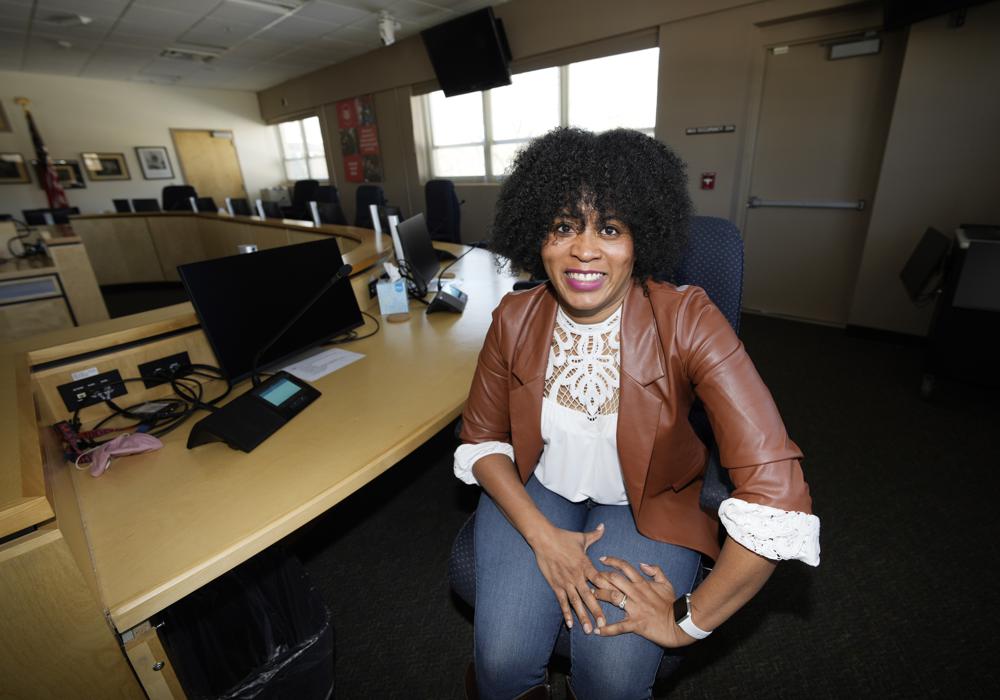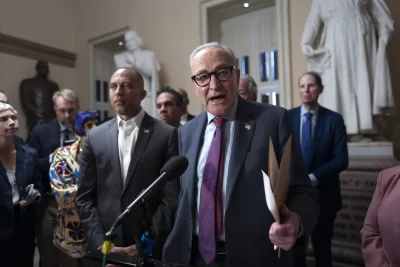
Conservative takeovers of local school boards have already altered lessons on race and social injustice in many classrooms. Now some districts are finding their broader efforts on diversity, equity and inclusion are also being challenged.
As her Colorado school district’s equity director, Alexis Knox-Miller thought the work she and a volunteer team were doing was on solid ground, especially with an audit in hand that detailed where the district was falling short in making sure all students had the same opportunities.
But in December, Knox-Miller reluctantly disbanded the equity leadership team after more than a year of meetings. New conservative members had won a majority on the school board after voicing doubts about the work, and she worried the efforts might not lead anywhere.
“Around the time that the equity audit was being released, I realized that the tide had changed around diversity, equity and inclusion efforts,” Knox-Miller said. “People were conflating the definition of equity with critical race theory, and the absurd accusations that we were teaching critical race theory in classrooms to kindergartners began.”
Since issues of diversity, equity and inclusion can thread their way through every part of a school system — including recruitment, services and equipment — the debate carries implications for hiring and spending.
In some districts, proposals aimed at making schools more welcoming places for students from diverse backgrounds have been reversed as a result of turnover on school boards, while work elsewhere faces a chill from acrimonious debate around topics that have been mislabeled as critical race theory.
School administrators say critical race theory, a scholarly theory that centers on the idea that racism is systemic in the nation’s institutions, is not taught in K-12 schools. But that has done little to sway opponents who assert that school systems are misspending money, perpetuating divisions and shaming white children by pursuing initiatives they view as critical race theory in disguise.
In a fraught political climate that already had escalated fights about pandemic mask and vaccine requirements, divisions are taking a toll, said Dan Domenech, executive director of the School Superintendents Association.
“Even in districts that aren’t threatened as much, they’re thinking twice about what they say and what they do and how they go about doing it because it is having a chilling effect on the whole equity, diversity and inclusion movement,” Domenech said.
The policy acknowledged gaps in achievement and opportunities among marginalized student groups and recognized “the impact of systemic inequities on teaching and learning.”
Part of Knox-Miller’s work involved commissioning an audit by the American Institutes for Research. It found that schools with high concentrations of special education students, English language learners, students living in poverty and students of color were scoring measurably below other schools.
Critics questioned the findings and the way they were presented, at a series of public meetings called “equity cafes” that some said limited full discussions. Conservative candidates set their sights on the school board, with three winning seats in the November election.
Knox-Miller saw no choice but to stand down.
Board President Parth Melpakam said by email that the new board had yet to discuss the issue but plans to at a work session in the spring.
“The D11 BOE remains committed to assuring educational equity by providing the support and resources every child needs to develop their full academic potential,” he said.
In Pennridge, Pennsylvania, the school district’s diversity, equity and inclusion initiative was put on hold last year after it became a flashpoint in debates that touched also on COVID-19 safety protocols, including mask mandates.
Democrat Adrienne King, who helped design the plan, ran for a seat on the school board and lost in November. Five Republicans won after running against the initiative, which they had called divisive. The program’s future remains unclear while a new committee considers it.
The district’s diversity, equity and inclusion guidebook, no longer visible on the district’s website, proposed ways to recruit diverse job candidates and improve training for teachers, and encouraged lessons that invite students to reflect on their own culture and history.






